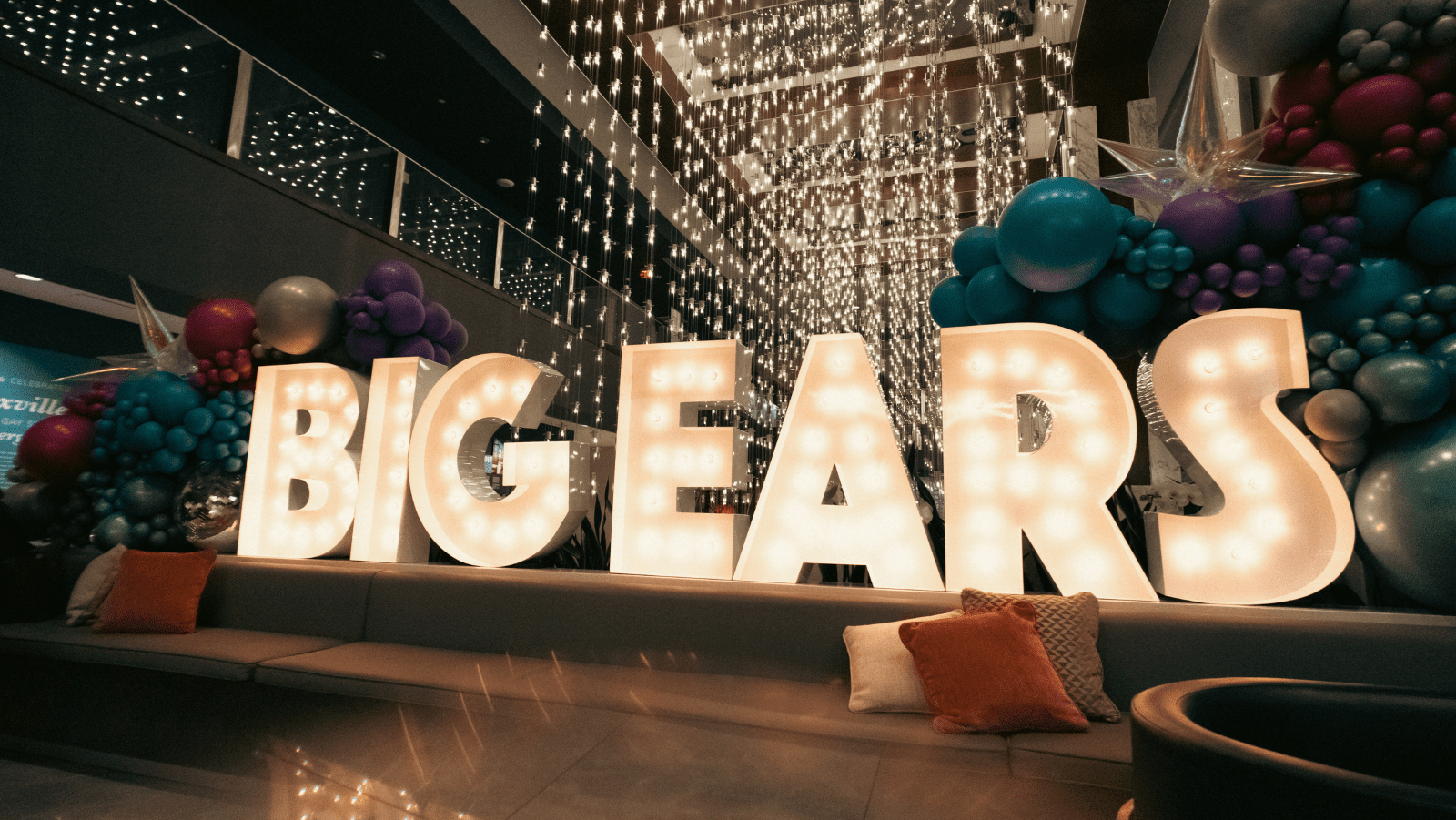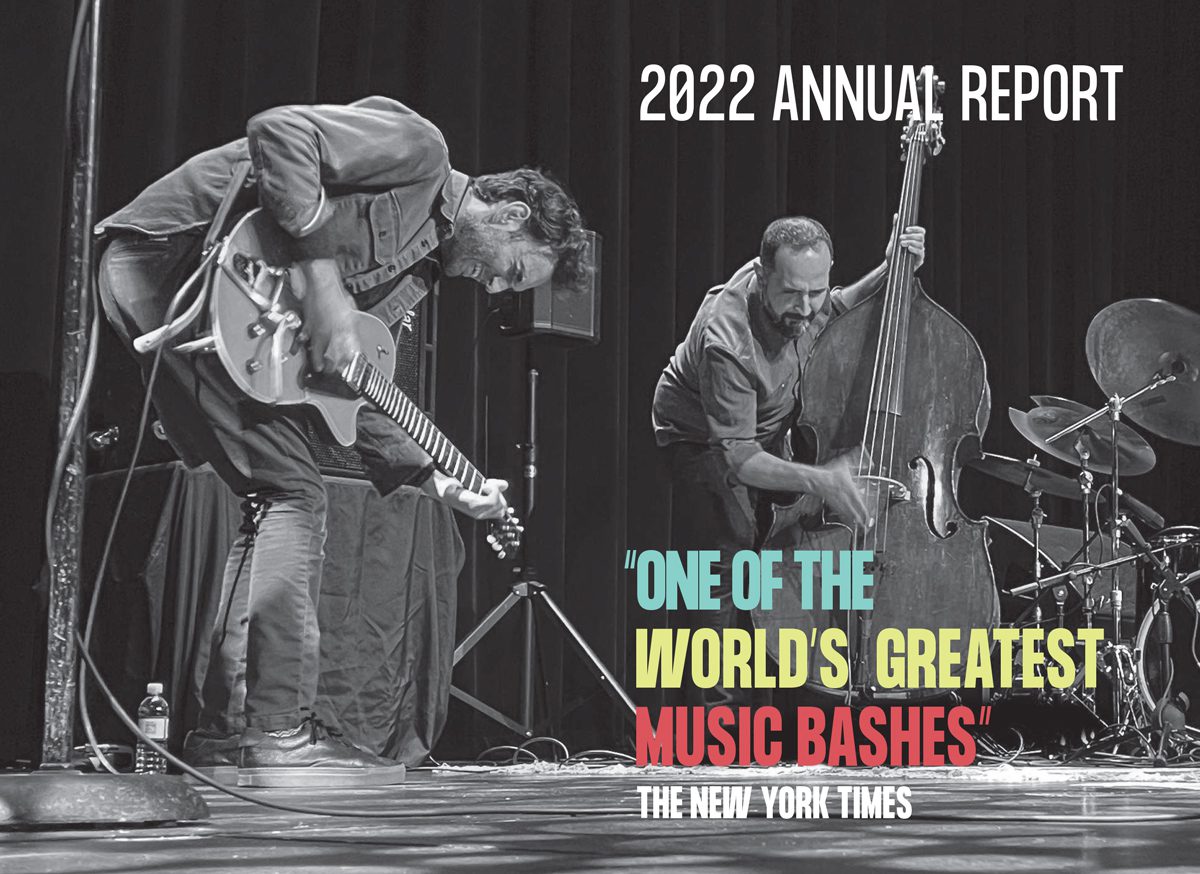In 2018, Three Very Different Interpretations of a 300-Year-Old Bach Masterpiece
It’s 2018, and the 300-year-old Cello Suites of Johann Sebastian Bach are having quite the moment. That’s not exactly new, of course: Since the long-neglected set of six suites began to circulate again nearly a century ago, they have seeped out of the classical repertoire and become part of pop culture itself. The prelude to the first suite, for instance, is a mainstay of commercials and film scores, something you can likely hum even if you have never deliberately listened to Bach at all. The works as a whole represent a sort of essential signpost for classical music, a gestalt that functions as a benchmark for the cello and an accessible inlet for new listeners. These suites are beautiful, sweeping, and singular, immediately pretty and appealing on first listen but stuffed so full of ideas that one can spend years and perhaps a lifetime exploring them.
That is certainly the lesson from three of this year’s most visible new translations of Bach’s Cello Suites, two by performers who will appear at Big Ears 2019. But let’s start with the outlier, the one who won’t be in Knoxville: On Six Evolutions, Yo-Yo Ma has recorded the Cello Suites, which he began learning at the age of four, for the third and final time. (Listen.) Entirely unaccompanied, Ma digs into the absolute essence of these works, his cello eliciting the luxurious sweep of the first sarabande and the relentless rhythmic contours of the fourth’s allemande. It is a definitive modern interpretation for solo cello, played by someone who has obviously ruminated on the interconnections between and gravity of these pieces for decades. In the coming years, Ma will perform these six works in their entirety in 36 locations on six continents (The cello can’t handle Antarctica, one supposes?), putting forward his mission to spread these landmarks in a very physical way.
The young Scottish cellist Peter Gregson takes a more cerebral approach to spreading the suites on Recomposed, his contemporary interpretation of the six pieces for the thrilling Deutsche Grammophon series of the same name. (You may remember Max Richter’s take on Vivaldi’s Four Seasons, which he performed at Big Ears 2015 with the Knoxville Symphony and ACME.) Gregson expanded Bach’s vision, oftentimes forgoing the solo cello for an ensemble of five cellists strategically dispersed through a studio and augmented by synthesizers that Gregson would record so they would sound more like their acoustic counterparts. (Listen.)
Though striking, the results are not jarring, as Gregson reverently reserves the essence and feeling of the Bach compositions without kowtowing to a need to present it all too cleanly. During the minuet of the second suite, for instance, the additional cellos shape a landscape of grey noise behind the lead, producing a hypnotic rhythmic effect that pulls the listener deeper into the melody. During the courante of the fourth suite, serial keyboards that never stop tease the rests between the keyboard lines, begging them to come play. That is an apt encapsulation of the project itself—pulling a weighty classical pedigree into the light of day and having some fun with it. Recomposed captures the élan of youthful enterprise. Gregson will present the project at Big Ears 2019.
Kim Kashkashian, though, goes the other way. During the last 40 years, Kashkashian has become one of the world’s leading violists and a staple of ECM’s New Series. She is a prime interpreter of György Kurtág, a collaborator of Keith Jarrett, and a fearless player whose repertoire spans from the bedrock of Beethoven and Bach to the more nebulous ideas of Cage and Carter. She brings that experience to bear on Six Suites for Viola Solo, her tremendous and very personal interpretation of the Cello Suites, just released by ECM. (Listen.)
Kashkashian, who will perform at Big Ears 2019, does not aim to overwhelm with mere beauty during this nearly 150-minute set; instead, she digs deeply into the emotional grain of these pieces, whether in the lachrymose lines of the second suite’s prelude (her choice for an opener) or the mirth of the fourth’s courante. There’s courage in all three of these translations, but Kashkashian’s—so raw and vulnerable and candid that you can hear her inhale and exhale when the music dips toward a whisper, as if she’s letting us know the might this takes—is the boldest and most audacious. Kashkashian seems to speak through these pieces, navigating our uneasy world one moment and looking for its joy the next, as when her viola reaches for sky-high notes during the prelude of the sixth suite. It feels aspirational and in search of renewal—not bad for a 300-year-old piece of music, right?




